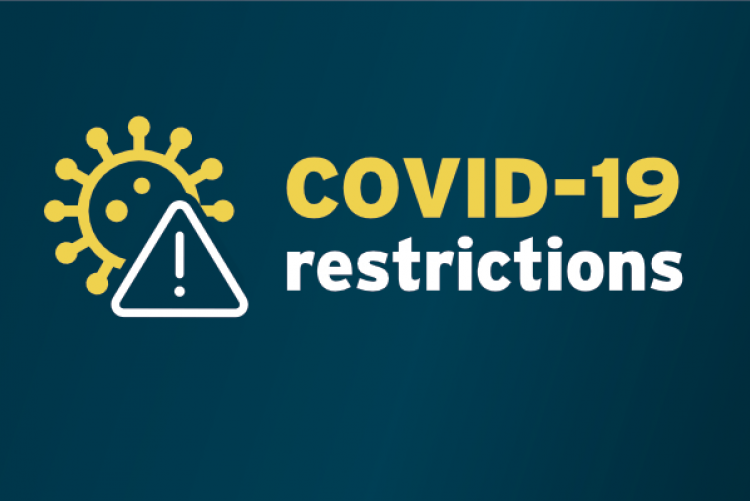Public health measures employed to curtail development and spread of disease should ideally pose no harm to targeted communities.
Measures employed can however result in undesired effects or can turn out to be ineffective if health campaigns and interventions are not well thought out. The effectiveness and uptake of public health measures may also be influenced by beliefs, behaviors and cultural practices of target populations. If public health campaigns are long and measures employed adversely impact on lifestyles and livelihoods compliance may diminish as time goes by as a result of suffering, frustration, disillusionment and fatigue.
Important factors for consideration in order to achieve success with public health ventures are: Evidence based interventions with major impact, regular monitoring and evaluation of strategies employed, public-private sector collaboration, political commitment and frequent updates for health care providers, decision makers and the public.
Focus on these key areas has resulted in success of public health campaigns targeting control of smoking, tuberculosis and polio. In the case of Covid -19 and especially in poor countries, success of public health measures employed continues to be elusive more than one year after commencement. Efforts aimed at curtailing spread of covid-19 have adversely affected lifestyles, resulted in loss of livelihoods and possibly also caused increased incidence of psychosocial disease and other ailments.
The key containment strategies for covid-19 have been; respiratory hygiene (face masks, and cough etiquette), hand hygiene (washing hands frequently and avoiding handshakes), social distancing, containment or movement restriction (quarantine, curfew and lockdowns) and vaccination. Some of these were largely already recognized by the public as good health practice but others were new and unpleasant but were accepted as necessary and temporary measures to be observed for control of the pandemic which was presumed not to last long.
However, when covid-19 cases were repeatedly reported to be rising in spite of the measures the public started getting wary and desperate especially those dependent on daily wages for survival. It soon became apparent especially to those living in the world’s poor countries that suffering and death could occur as a result of either covid-19 pandemic or the serious socioeconomic difficulties and non-covid-19 health challenges resulting from containment measures. The hospitality industry, transport and other industries which rely on free movement or a 24-hour economy have been very adversely affected by covid-19 movement restriction orders. This is clearly a scenario where the treatment is deleterious or perhaps even worse than the disease itself.
What has been lacking is evaluation of the impact of the public health measures on lives and livelihoods of individuals, families and the country. Evaluation and monitoring should especially focus on potentially harmful measures such as movement restriction.
The goal of lockdowns is to slowdown disease transmission to prevent health facilities from being overwhelmed. This strategy can be effective if well thought out, efficiently executed and if it is frequently monitored and evaluated. Unfortunately, it impacts negatively on the socio-economic situations of people and especially those residing in Low- and Middle-Income Countries (LMICs) (Oghenowede Eyawo, 2021). It has been shown by research that movement restriction has a negative impact on the socioeconomic status and general well-being of people living in LMICs in sub-Saharan Africa and other parts of the world. What is not clear is the benefit or benefits derived from movement restriction as a public health measure for control of Covid-19 among LIMCs. Furthermore, if you coop up communities already living in overcrowded set-ups won’t you make them more vulnerable to respiratory tract disease like covid-19 and other ailments? Isn’t it better to let them get out and get on with their businesses while at the same time encouraging them to practice the other evidence based public health measures: Wearing of masks, good hand and respiratory hygiene as well as social distancing?
There is insufficient evidence in support of utilization of curfew and lockdowns as public health measures for control of covid-19 in poor countries and furthermore these strategies are potentially harmful to the general welfare of poor communities. Movement and activity restrictions in LMICs appear to be copied from High Income Countries (HICs) without consideration of efficacy and potential harm. Therefore, LMICs should stop utilizing this strategy for controlling spread of the corona virus.
Article by: Joseph Kimani Wanjeri, MB ChB, MMed (Surgery), MPH PhD Public Health student – KEMRI/JKUAT Graduate School.
- Log in to post comments

